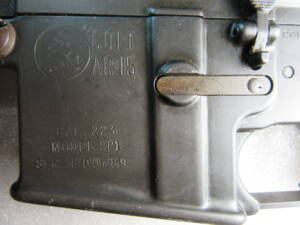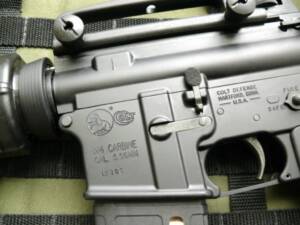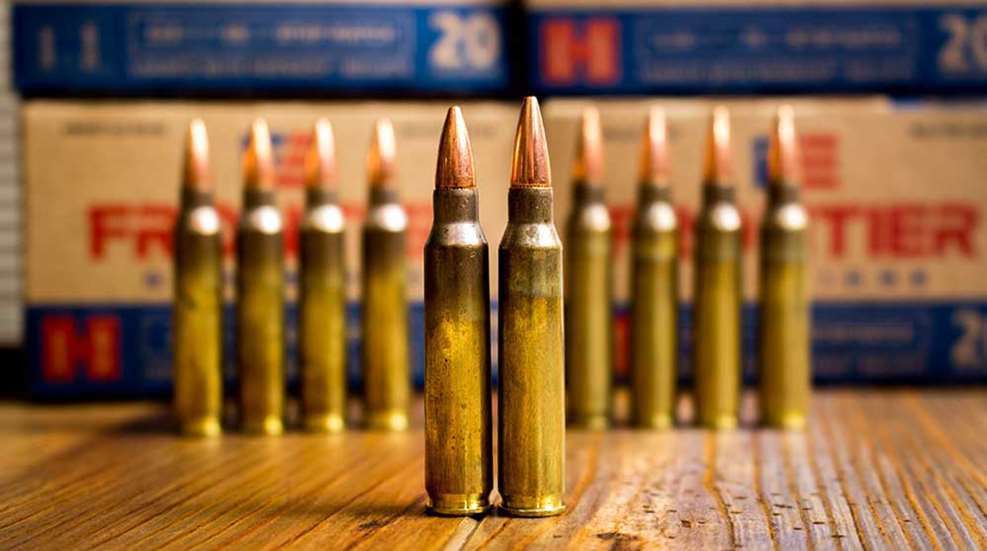Two cartridges, identical to the naked eye, even to the trained eye, yet the chain of events that occurs once the trigger is pulled makes the two rounds totally different. There are some things to know regarding these two rounds to be safe and optimize performance from your rifle.
Comparing the .223 and the 5.56 NATO
The most important difference is their respective pressure limits. The .223 is held to a lower pressure than the 5.56 NATO. These pressures can be confusing since they’re usually both tested in a 5.56 mm chamber and the data will appear to be nearly equal. Another difference is the leade measurement. This is the distance between the case mouth and the beginning of the rifling. This dimensional variation in trying to fire the 5.56 NATO in a .223 chamber with a shorter leade is a bad idea. The shorter leade will cause internal pressures to spike to dangerous levels.
The reverse, however, is not true. It is, and always will be safe to shoot a .223 in a chamber marked for 5.56 NATO. Retain this info and you’ll never have any trouble. The pressure generated in the 5.56 NATO are to high for the .223 chambered rifle based on the leade dimensions. If shooting the 5.56 NATO out of a rifle chambered for a .223 is important, take that rifle to a competent gunsmith to have the chamber reamed out to handle the 5.56 NATO.
The 5.56 NATO was also bred for war whereas the .223 was released for civilian use. Even though the pressure is higher in the 5.56 NATO, the military gave it a chamber allowing for a bit of slop to ensure it would operate in the worst conditions.
For bolt action shooters, there is no problem shooting .223 out of a rifle chambered for a 5.56 NATO. However, AR shooters may find some rifles are designed to perform with the higher recoil level and pressure levels of the hotter 5.56 NATO. Sometimes AR’s with heavier springs won’t reliably extract and feed .223 cartridges.
Dangers
The 5.56 NATO round has a higher chamber pressure of around 58,000 psi compared to the .223 at around 55,000 psi. Firing the 5.56 NATO round through a rifle chambered only for a .223 can cause catastrophic damage to the firearm, shooter, or bystanders.
What to Remember
It will always be safe to fire a .223 round through a rifle that is chambered for the 5.56 NATO. The way to tell is usually stamped on the receiver. If it’s stamped for 5.56 NATO or both 5.56 NATO and .223 or the word Multiple, it is safe to use .223 ammo. If the receiver is stamped ONLY for .223, DO NOT use 5.56 NATO ammo in it.


Good Deals on Ammo
If you’re in the market for ammo, especially in bulk, I recommend visiting our friends at the gun store. They are among the top online dealers in firearms, ammo, optics, accessories and more and always have flash sales and specials you can’t find anywhere else. Brownell’s has always been my top go to online dealer. They were founded in 1939, have the best guarantee in the business, real people in customer service, and fast shipping. They all have GREAT sales going on this weekend.
Be safe out there.







